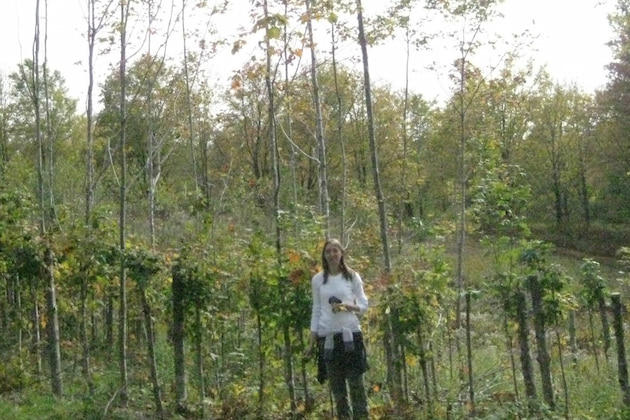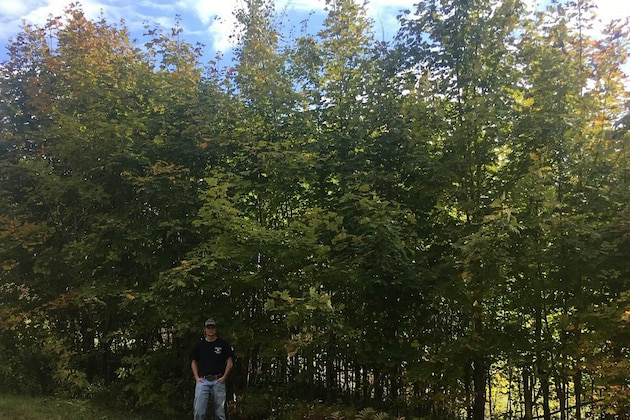UVM Proctor Page
Whatever happened to the 'sap cap' experiment?
UVM's sapling program discontinued for lack of equipment
By PETER GREGG | DECEMBER 5, 2023
UNDERHILL CTR., Vt.—Whatever happened to the sap cap experiment?
That is a common question asked about the program at the UVM Proctor Maple Research Center which studied the feasibility of collecting sap from saplings.
UVM researchers found that either a plantation of saplings or groups of young trees in a sugarbush needing to be thinned were appropriate to collect sap with this approach.
The problem? The method didn't catch on with equipment manufacturers.
"While the method showed promise, the devices (“sap caps”) needed to harvest sap from saplings have remained unavailable since no equipment manufacturers have licensed the technology or offered a product for sale," according to Proctor director Dr. Timothy Perkins.
One question that was frequently asked was about recovery of trees, Perkins said.
Regrowth typically is vigorous in an open plantation setting, Perkins said. Less so under a forest canopy where light (fuel for photosynthesis) is more limiting.
Researchers at UVM continue to field questions about this work. It was eventually awarded US Patent US10412906B2 and other associated patents, Perkins said.
More information on sap collection from small-diameter trees (plantation method) is available at: https://mapleresearch.org/pub/m1016smalldiametersap/

































